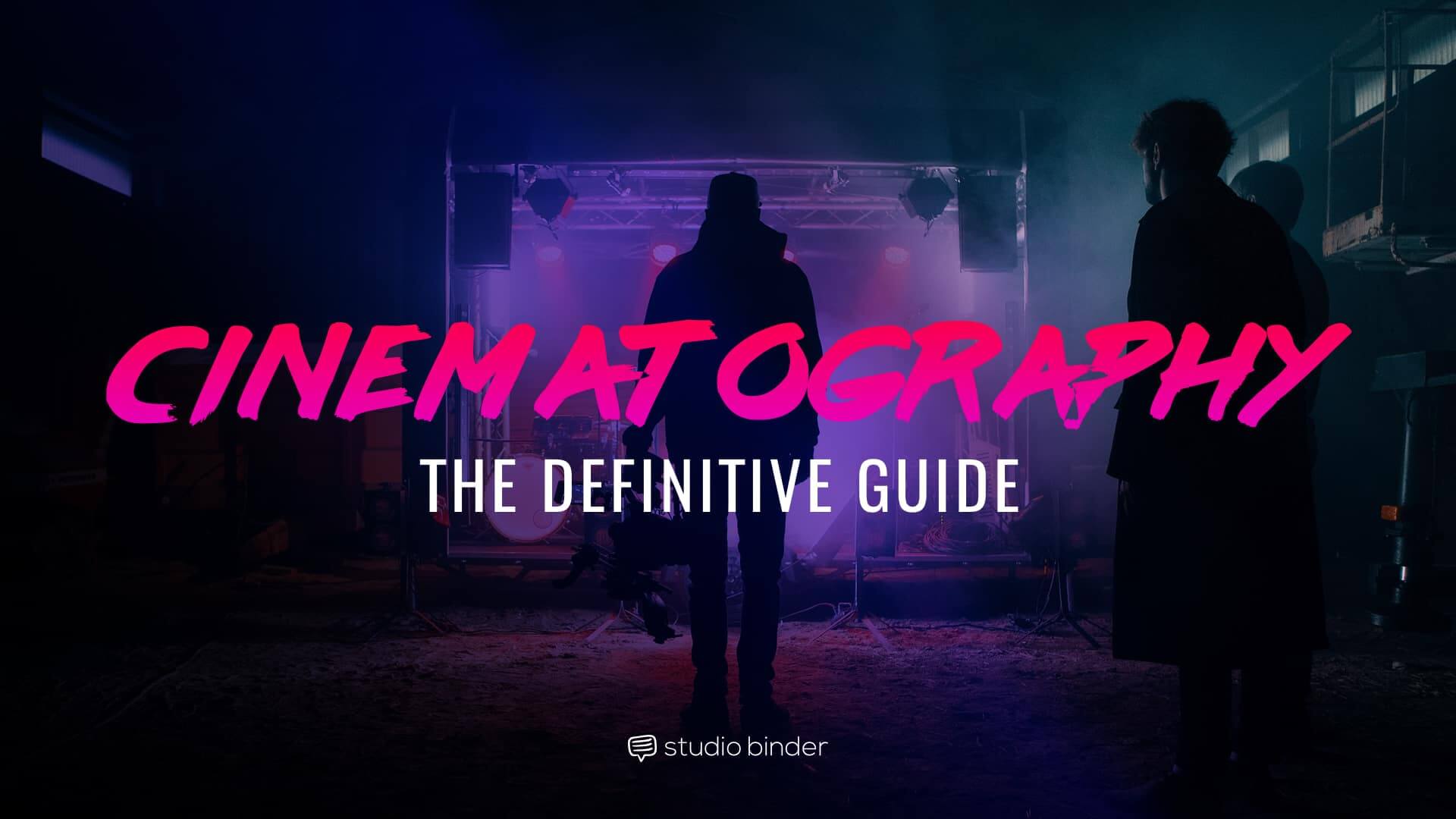Breaking Down the Cinematic Techniques Used in Thrillers

Breaking Down the Cinematic Techniques Used in Thrillers: A Deep Dive
Thrillers live and breathe through cinematic techniques. They’re not just about plot twists; they’re about manipulating the audience’s emotions, building suspense, and creating a visceral experience. This article delves into the core techniques that elevate a simple story into a heart-pounding cinematic thrill ride.
The Art of Suspense: Building Tension Brick by Brick
Suspense isn’t about shocking the audience; it’s about slowly tightening the screws. Masterful thrillers utilize several techniques to achieve this:
-
Mise-en-scène: The deliberate arrangement of elements within the frame is crucial. A lone figure silhouetted against a darkened window, an ominously placed object, or a starkly contrasting color palette can all contribute to a sense of unease. Think of the stark, minimalist sets often found in psychological thrillers, heightening the feeling of isolation and paranoia.
-
Sound Design: Silence is often more terrifying than noise. The strategic use of silence, punctuated by sudden, jarring sounds, is a cornerstone of suspense. A creaking door, a whispered voice, or a distant siren—these auditory cues build anticipation and keep the audience on edge. Conversely, the absence of sound can be just as effective, creating an unsettling vacuum of expectation.
-
Editing: Rapid cuts can heighten tension, mimicking the frantic pace of a character’s racing heart. Conversely, slow, deliberate cuts can build agonizing anticipation. The use of jump cuts, where a seemingly insignificant portion of time is removed, can be jarring and unsettling, leaving the audience to fill in the blanks.
-
Camera Angles and Movement: Low angles can make characters appear vulnerable, while high angles can make them feel insignificant and trapped. Slow, deliberate camera movements, such as a tracking shot following a character down a dark corridor, enhance tension and suspense. Handheld camera work can create a sense of immediacy and chaos, immersing the viewer directly in the action.
The Psychology of Fear: Manipulating the Viewer
Thrillers aren’t just about external threats; they often delve into the psychological vulnerabilities of their characters—and, by extension, the audience.
-
Point of View (POV) Shots: Placing the viewer directly into the character’s perspective can create a sense of shared vulnerability and heighten the feeling of danger. This technique creates an intimate connection with the character’s experience, making the threat feel all the more real.
-
Suspenseful Music: A well-composed score can amplify the emotional impact of every scene. The use of dissonant chords, unsettling melodies, and sudden crescendos can create a visceral response in the audience, intensifying the feeling of dread and anxiety. Silence, used strategically alongside the music, can amplify the impact even further.
-
Close-Ups: Focusing on a character’s eyes, a trembling hand, or a subtle facial expression can reveal their inner turmoil and heighten the emotional intensity of a scene. Close-ups allow the audience to peer directly into the character’s soul, creating a powerful connection and empathy.
-
Flashbacks and Foreshadowing: These techniques can manipulate the audience’s understanding of the events, leading them down unexpected paths and keeping them guessing until the very end. This intentional misdirection keeps the viewer engaged and on the edge of their seats.
Techniques Table: A Quick Reference
| Technique | Effect | Example |
|---|---|---|
| Mise-en-scène | Sets atmosphere, creates unease | Dark, claustrophobic room |
| Sound Design | Builds anticipation, creates jumpscares | Sudden crash, silence followed by whisper |
| Editing | Controls pace, builds tension | Rapid cuts during chase, slow-mo reveal |
| Camera Angles | Affects perspective, creates emotion | Low angle for vulnerability, high angle for powerlessness |
| POV Shots | Creates immediacy, shared vulnerability | Character’s perspective during a threat |
| Music | Amplifies emotion, heightens suspense | Ominous soundtrack, sudden crescendos |
| Close-Ups | Reveals inner turmoil, builds empathy | Close-up on character’s fearful expression |
| Flashbacks/Foreshadowing | Manipulates understanding, creates twists | A seemingly insignificant detail that later becomes crucial |
Conclusion: The Masterful Blend
The most effective thrillers aren’t reliant on a single technique; they utilize a masterful blend of these tools to create a truly immersive and unforgettable cinematic experience. By understanding these techniques, we can better appreciate the artistry involved in crafting a truly gripping and suspenseful thriller. The next time you watch a thriller, pay close attention to the subtle (and not-so-subtle) ways the filmmakers manipulate your senses and emotions to keep you on the edge of your seat.

